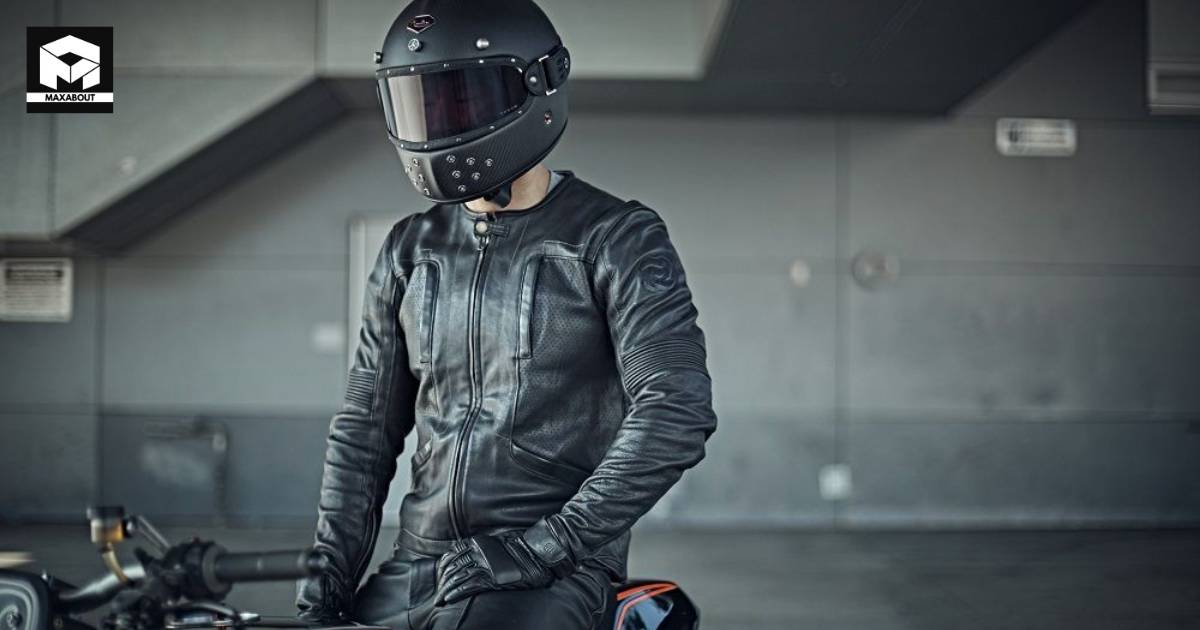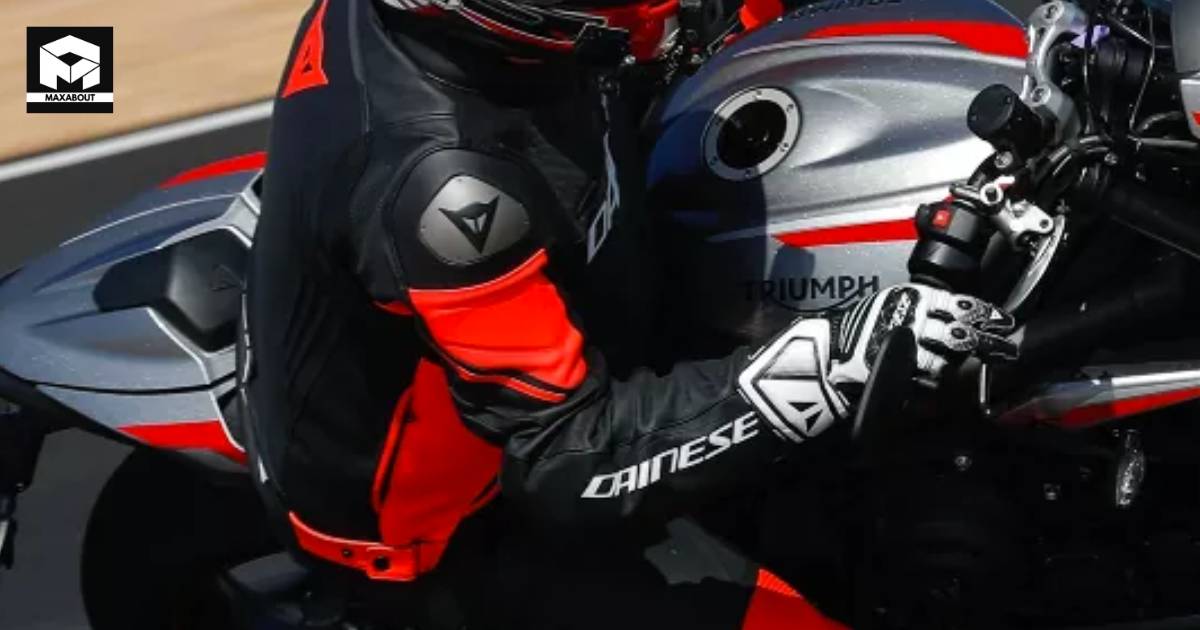A vital component of safe motorcycling is wearing safety gear which protects against potential collisions and improves general road safety. The excitement of the open road and the freedom that comes with riding a motorcycle should always be coupled with a strong commitment to safety. Whether you’re a seasoned rider or a beginner embarking on your motorcycle journey understanding and investing in the right safety gear is non-negotiable and we examine the vital elements of motorcycle safety equipment in this extensive guide stressing the significance of each item and provide guidance on how to choose wisely to guarantee a fun and safe ride.
Helmet: Safeguarding Your Head
A helmet is the single most crucial piece of safety gear for any motorcyclist. It provides protection for the head in the event of a crash or impact reducing the risk of severe head injuries. When selecting a helmet, ensure it meets safety standards, such as DOT or ECE certifications, and fits snugly on your head. Full-face helmets offer the most comprehensive protection covering the entire face and providing a shield against wind, debris, and insects.
Protective Riding Jacket: Guarding Your Upper Body

You need an effective riding jacket to protect your upper body from cuts and accidents. Typically made of materials like leather, fabric, or mesh these jackets offer varying levels of protection and ventilation. Seek out jackets with armor inserts in the back, shoulders, and elbows—important regions of impact. Different designs of riding jackets are available to accommodate different riding techniques and weather situations. While textile jackets offer versatility in many climes leather jackets offer superior resistance to abrasion.
Riding Pants: Shielding Your Lower Body
Just as your upper body needs protection, your lower body is equally susceptible to injuries during a motorcycle accident. Riding pants made from abrasion-resistant materials like leather or reinforced textiles, provide protection for your legs and hips. Some riding pants come with built-in armor for added safety. Consider the weather conditions when choosing between textile or leather pants and ensure a secure fit to avoid discomfort while riding. Overpants are an excellent option for added convenience allowing you to wear them over regular clothing.
Gloves: Ensuring Hand Safety

Your hands are often the first point of contact in the event of a fall or collision. Motorcycle gloves protect your hands from abrasions and impact injuries. Seek for gloves with a tight wrist clasp, knuckle protection, and reinforced palms. Depending on the climate, you can choose between insulated, ventilated, or waterproof gloves to ensure comfort during your rides. Gauntlet-style gloves provide extended wrist protection while short-cuff gloves offer a balance between protection and flexibility.
Boots: Supporting and Shielding Your Feet
Motorcycle boots serve multiple purposes, offering ankle support, impact protection, and abrasion resistance. Seek out boots with strong soles and reinforced regions at the toe and heel. Boots designed specifically for motorcycle riding provide better grip reducing the risk of slipping, and offer additional protection for your feet and ankles. Consider boots with waterproofing features for rainy conditions and those with good ventilation for hot weather.
Visibility Gear: Being Seen on the Road
Enhancing your visibility on the road is crucial for preventing accidents. Invest in high-visibility gear such as reflective vests, jackets, or strips that can be attached to your existing gear. Being easily seen by other motorists can significantly reduce the risk of collisions, especially in low-light conditions. LED lights integrated into your gear can provide additional visibility especially when riding in the dark.
Ear Protection: Safeguarding Against Noise
Long-term exposure to wind and engine noise during motorcycle rides can lead to hearing damage. Ear protection devices that can reduce the adverse impact of noise on auditory perception include noise-canceling headphones and earplugs. Select earplugs that minimize noise while preserving your ability to hear necessary noises like traffic and sirens. Noise reduction that is both comfortable and effective can be achieved with custom-molded earplugs.
Maintenance and Checks: Ensuring Gear Reliability
Regularly inspect and maintain your safety gear to ensure its reliability. Check for any signs of wear and tear, loose straps, or damaged components. Helmets, in particular, should be replaced after any impact, as they may have experienced structural damage that is not visible. Keep your gear clean and properly stored to maintain its effectiveness. Regularly lubricate zippers, check stitching, and replace any damaged or worn-out components promptly.
Back and Chest Protectors: Extra Layers of Defense
Consider adding back and chest protectors to your gear for an extra layer of defense. In the event of a crash these shields are intended to shelter critical organs and absorb impact energy. They are often integrated into advanced riding jackets but can also be purchased separately for added customization. Particularly important for preventing spinal injuries and adding to rider comfort are back guards.
Weather-Specific Gear: Adapting to Changing Conditions
Invest in weather-specific gear to adapt to changing riding conditions. Waterproof gear such as rain jackets and pants, ensures you stay dry during unexpected downpours. For extra insulation in cold weather, thermal liners can be sewn inside jackets and trousers, and having equipment that can be used in a variety of weather conditions improves your comfort and safety when driving. Stock up on gear that specifically addresses the unique obstacles presented by varying weather situations and be ready for anything.
Conclusion
Investing in high-quality motorcycle safety gear is an investment in your well-being on the road. Prioritize gear that meets safety standards, fits correctly, and suits your riding style and preferences. Remember that responsible riding includes not only following traffic rules but also taking proactive steps to protect yourself through the use of proper safety equipment. As a biker, keep yourself safe, have fun, and make wise decisions.
2024-01-25 21:29:17
